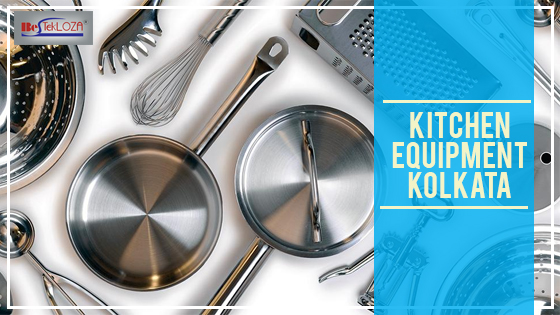He Other Side of Community Kitchen Called Langar
Published on June 27th, 2019 | By Admin

Food is the soul of every human life. It is one of the basic needs for survival of human beings. Eating together has been a part of human community living since time immemorial. And that is the reason we have commercial places where people and families go out together to eat. Because eating together is considered a celebration in itself. Kolkata especially is very famous for its eateries and there are excellent Hotel Kitchen Equipment suppliers that make running of commercial kitchens a much easier process. Such new age kitchen technologies are embraced by all. This is why the commercial Kitchen equipment Kolkata produces has many takers.
There is another type of community eating where food, celebration, human spirit and spiritualism go hand in hand. And that is called the ‘Langar’.
Drop in to any Gurudwara and it is a moving scene to see rows of devotees and common people sitting together – irrespective of status, caste or financial position and being served the same food.
‘Langar’ as is referred in Sikhism is a term for ‘Community Kitchen’. In Gurudwaras free meals are distributed to all visitors where they are all expected to sit on the floor and have the meal together.
The concept of ‘Langar’ was introduced by Guru Nank, the first Sikh guru, to promote charity and equality of all humans. The second guru, Guru Angad brought it under systematic purview and made it a practice in all the sikh worship areas. The community kitchen or Langars were run by volunteers called ‘Sevadars’. The gurudwara gradually became a place of food and shelter for pilgrims and those who had difficulty in accessing food.
The concept of Langar is based on the spirit of voluntarism where food is prepared by the volunteers, served by the volunteers and the contribution for the food also comes through voluntary contributions.
Food is vegetarian, simple and yet is considered one of the tastiest food. In Golden Temple Gurudwara in Amristsar, the menu includes Rotis, rice, daal, vegetable dish and kheer. In this Gurudwara, on normal days, about 50,000 people are served food. On festival days about 1,00,000 people are served food. This Gururudwara in Amritsar uses a combination of tradition and modernity to prepare the food. Looking at the huge quantity of food, it is cooked in large vats, instead of normal cooking vessels, which have been specially prepared for this purpose. There are 11 Tawas or hot plates for making rotis. Apart from huge burners, there are also machines to knead dough and to sieve the dough. This apart the food is prepared by the sevadars. Though normally the roti is prepared on the Tawas, on festive days when the number of devotees to be fed is high, a special roti making machine is installed which prepares food for the lakh devotees. This machine can make 25,000 rotis every hour. This is how the Gurudwara uses both the traditional and modern technologies as per requirement to satisfy the thousands of devotees in this community feeding.
